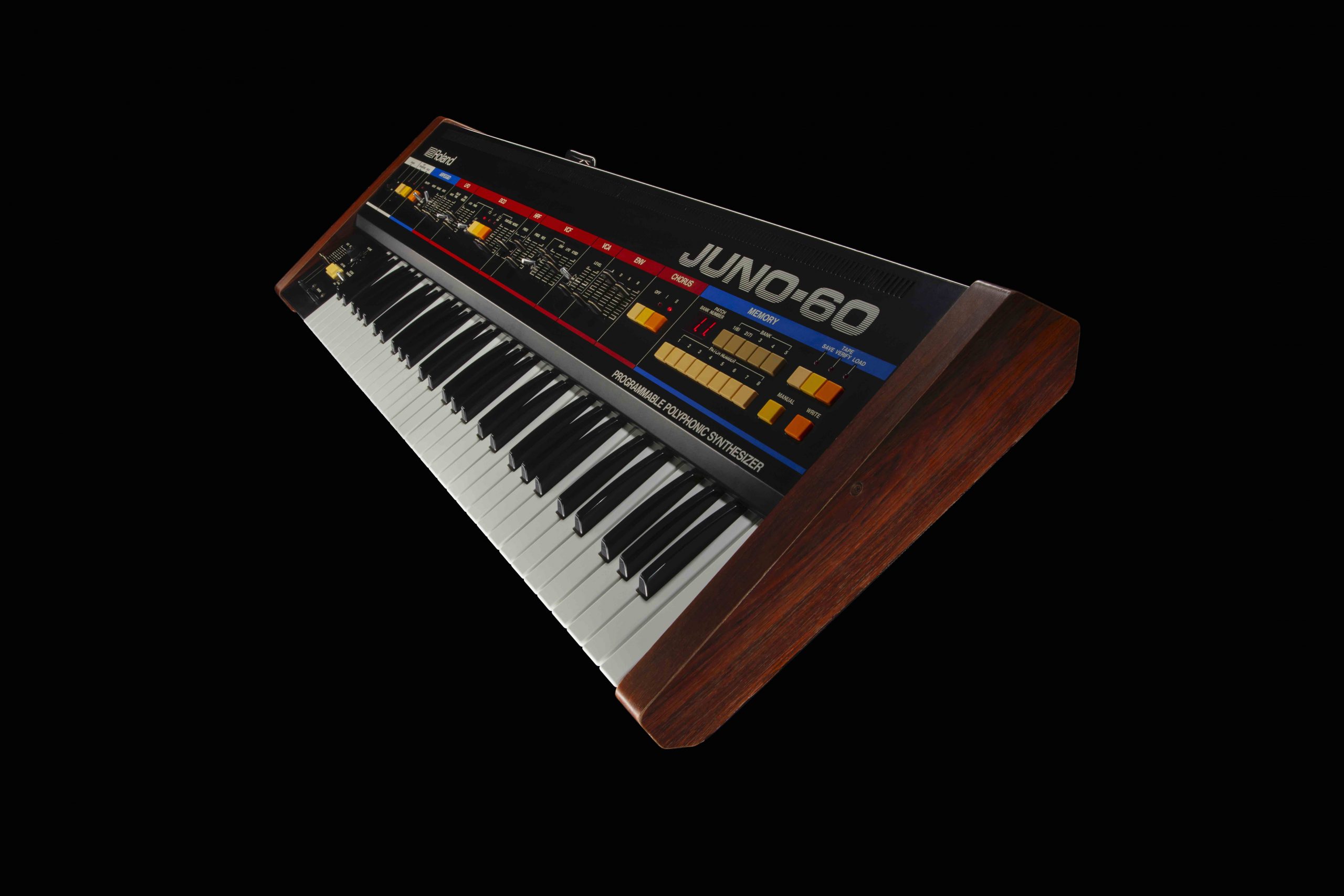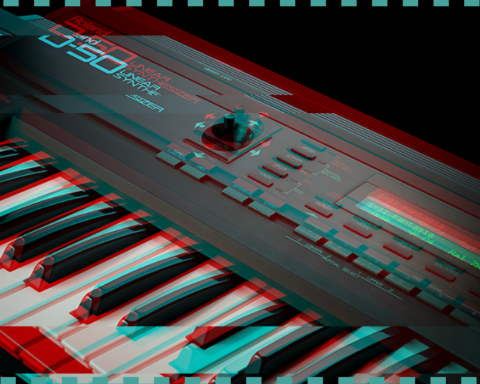In 1982, a new synth dynasty set the tone for the ’80s and beyond. It defined and democratized the polysynth, across genres and geography, with its warmth and versatility. Behold, Juno—literally, the bride of Jupiter, and a deceptively simple instrument that’s one of the greats. Let’s put ourselves back in time to that birth year, 1982. It’s one year after the launch of MTV and the Space Shuttle, between the TR-808 and 909 drum machines. And right away, this JUNO is something different. It couples analog sound with digital features and tuning. Oh yeah, and your pop act can afford it.
Queen of the Airwaves
“Girls Just Wanna Have Fun?” It’s a JUNO-60 bouncing around like percussive candied popcorn—its steel drum-style solo reportedly recorded in one take. The lush harmonies on “Last Christmas”? George Michael recorded every single part on a JUNO-60 (along with a bass guitar and some sleigh bells). And that is a JUNO, not another ’80s digital synth you may be thinking of, even on the bell-like parts. The Cure toured for years with a JUNO-60 live (along with the JX-3P). A-ha, Billy Idol, Berlin, and the Eurythmics all played one.
How about house music? “Can You Feel It” by Mr. Fingers (aka Larry Heard) is also just a JUNO-60, alongside a TR-909. Heard told Vice he made the whole thing with “one take, one pass” on a cassette tape and then mixed down on a second tape deck. Those synth sounds are just sexy. They’re the JUNO-60, sounding warm but synthetic, organic but futuristic.
Maybe that’s the true essence of the JUNO series. In our overcomplicated, feature-obsessed times, these synths aren’t mere rabbit holes for sound exploration. They have a particular sound and voice, a soul that sings out from even the most-played presets. It’s one that keeps those presets played without becoming played out and tired. It’s an instrument made for single takes, immediate songwriting. Like the best electric keyboards that preceded it, the JUNO is for players in the heat of the moment
"They have a particular sound and voice, a soul that sings out from even the most-played presets."
A Bride is Born
Japanese manufacturers in the 1980s worked aggressively not just to lower costs, but to make new instruments in the process. If money was no object and you wanted a monster polysynth, Roland already had the JUPITER-8 flagship. And it was a sonic beast, no question. But initially, the JUPITER series had sky-high prices to match its tones. They were over five grand, more than $16,000 in modern US dollars.
Efforts by Roland Engineering to get their costs down not only made a more affordable instrument but a friendlier and more modern one, too. JUPITER-8 begat JUPITER-6, with integrated circuits, and then—for the rest of us—the JUNO-6 and JUNO-60.
Perhaps you wanted to boldly go into the future of music in the early ’80s. Suddenly, the JUNO had a price tag you could afford, and a panel and control layout you could understand. Fans of Greek mythology recognized that the name was a reference to the wife of Jupiter. According to legend, Juno was a patron of Roman women and possibly both love and battle. Presumably, this was everything you needed in a synth. In essence, it was a name that echoed JUPITER and hinted at a slimmed-down sibling to the flagship.


"It’s an instrument made for single takes, immediate songwriting. The JUNO-60 is for keyboardists in the heat of the moment."

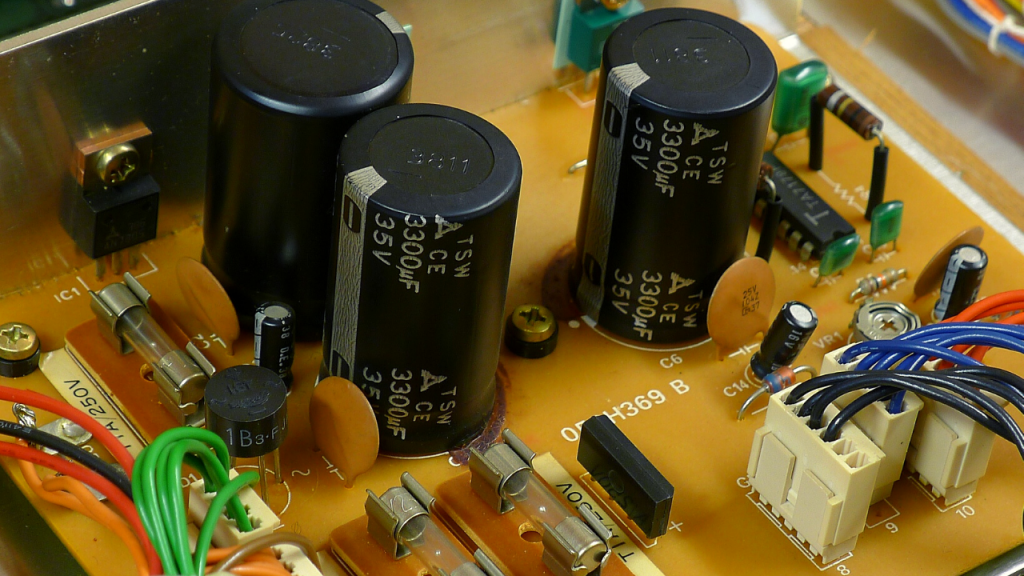
JUNO’s Defining Features
The JUNO’s architecture is simple. It’s a 6-voice analog synth, but with just one oscillator per voice. The trick is, you can mix waveforms freely, including a sub-oscillator per voice. This gives users the advantages of multiple oscillators, but with a warm, rich sound and accessible controls. The filter is a 24 dB resonant low-pass filter with a high-pass mode (minus the resonance, so it isn’t overly painful). There’s an easy-to-play envelope generator and LFO.
For those not in the know, “DCO” doesn’t mean a digital oscillator. It refers to a digitally controlled analog oscillator. Roland’s design debuted on this instrument. These still behave like analog oscillators. However, they don’t tend to misbehave under different temperature conditions.
And then there’s the JUNO’s other defining feature: that distinctive chorus. It’s a warm, fuzzy-sounding stereo effect that adds rich ensemble sounds and sauces up instruments. Plus, thanks to hard-panned delay lines with modulation, it also makes the JUNO’s six oscillators sound like more when you want them to. And the chorus’ warm, noisy characteristic is a sought-after trait, not a bug.
Adding to that “nailed on the first take” playability, the JUNO also features portamento, hold, and a syncable arpeggiator. If you saw these out of context, you might believe the arp was a 2021 synth as easily as a 1982 design. The easy mode, range, and rate controls are thoroughly modern.
6, 60, 106: How They’re Different
There were two JUNOs introduced in 1982. This explains some of the current interchangeable references to both JUNO-6 and JUNO-60. The JUNO-60 took the original JUNO-6 and added features. DCB is Roland’s bus for interconnecting instruments and a precursor to MIDI. Also on the JX-3P, DCB gave players the ability to sync and jam more easily.
Back to that time machine reference, you’ll want to set yours to later in 1982 so you can pick up the improved JUNO-60. Either way, you still get control of the filter cutoff via analog in, and a clock input to the arp.
There is a lot of subtlety to the JUNO series and how it achieves its particular sound. Engineer Hideki Izuchi explained it in an interview. “We employed a variety of strategies, such as adding a chorus function and boosting the lows when the high-pass filter was not applied,” said Izuchi. “So, the flat setting is actually just one increment up from zero on the high-pass filter.”
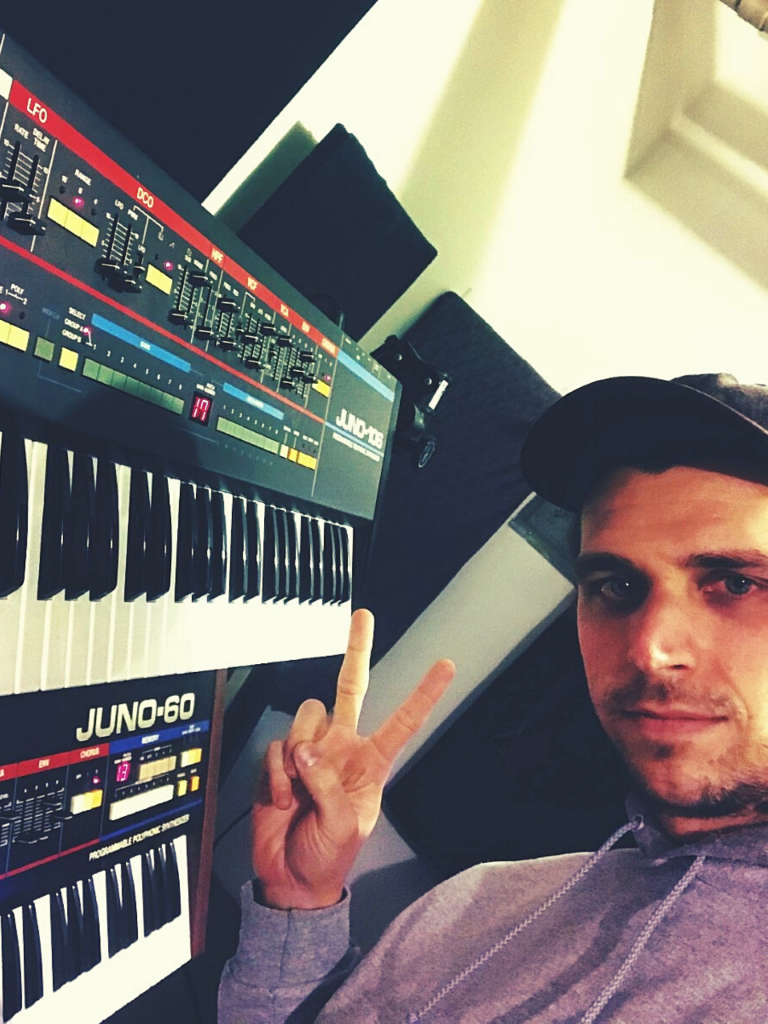
"Love of the JUNO-60 is about more than nostalgia. Contemporary artists are rediscovering and using it in new ways."

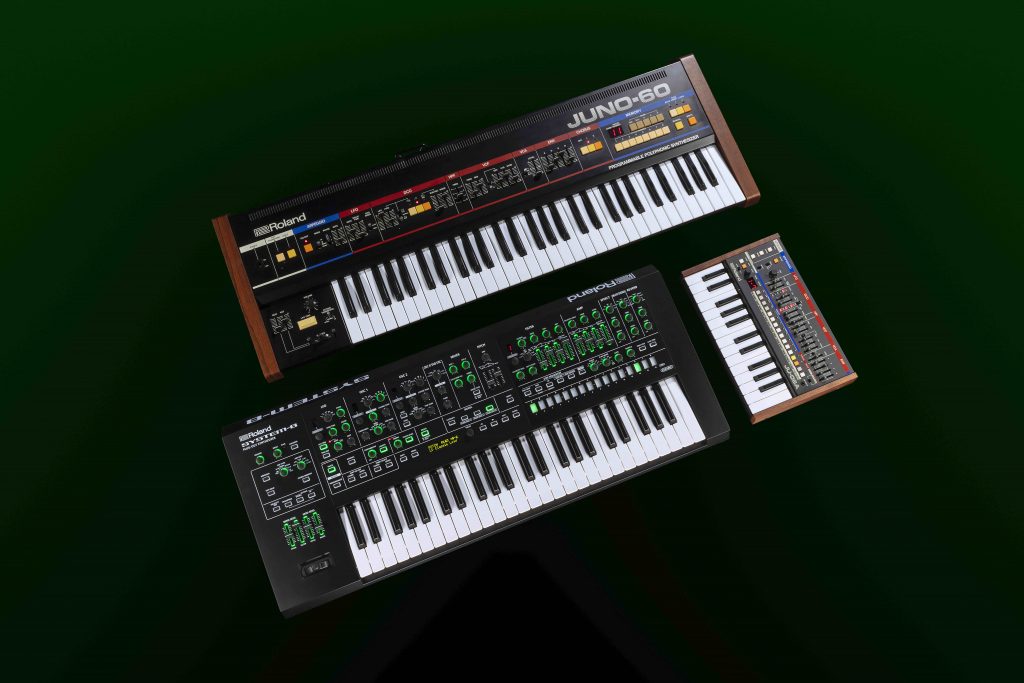
JUNO to the Future
Love of the JUNO-60 is about more than just nostalgia. Its resurgent popularity demonstrates that it’s an instrument that endures. There’s now even the JUNO-60 Software Synthesizer in Roland Cloud, replete with proprietary ACB (Analog Circuit Behavior) modeling of the actual analog circuits. These days, the JUNO sound comes in many forms: plug-in, PLUG-OUT, and Boutique.
The timeless tone and cultural influence of the JUNO-60 means it continues to find new fans. That’s led to contemporary artists rediscovering the JUNO line and using it in new ways. Post-classical giant Nils Frahm uses it as a core of his setup, even alongside his piano. Electronic psychedelic act Animal Collective uses it on tracks like “My Girls,” while a moody soundscape painter like Oneohtrix Point Never creates whole albums with his JUNO-60, affectionately known as “Judy.”
They are just the tip of the iceberg. Metronomy, Tyler the Creator, and Neon Indian are others who create musical worlds using the synth. It’s a love that seems to spread from artist to artist. This is because the JUNO-60 sits so well in tracks and on tours. It’s both usable and immediate.
Or talk to Jack when you play. Who is Jack? Well, let’s go back to the vocal on “Can You Feel It” by Mr. Fingers. “Jack is the one who gives you the key to the wiggly world / Jack is the one who learns you how to walk your body.” Channel the spirit of the JUNO-60 and Jack together, and you’ll surely express something deep in yourself.
